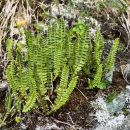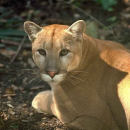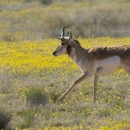
The premier summer sporting event of 2024 is here – the Endangered Species Athletics competition! From July 20-July 27, 2024, 16 listed species from across the United States will go feather-to-fin and leaf-to-paw in four virtual events: swimming, climbing, track and strength. Each amazing athlete has a trading card, complete with their photo, background, sports stats and motto. This is a print-only document.
Publication date
Type of document
Fact Sheet
Facility
Media Usage Rights/License
Public Domain
Program
Species
FWS Focus
FWS Focus
FWS Focus
FWS Focus
FWS Focus
FWS Focus
FWS Focus
FWS Focus
FWS Focus
FWS Focus
FWS Focus
FWS Focus
FWS Focus
FWS Focus
FWS Focus
FWS Focus
FWS Focus
FWS Focus
FWS Focus
FWS Focus
FWS Focus
FWS and DOI Region(s)
















